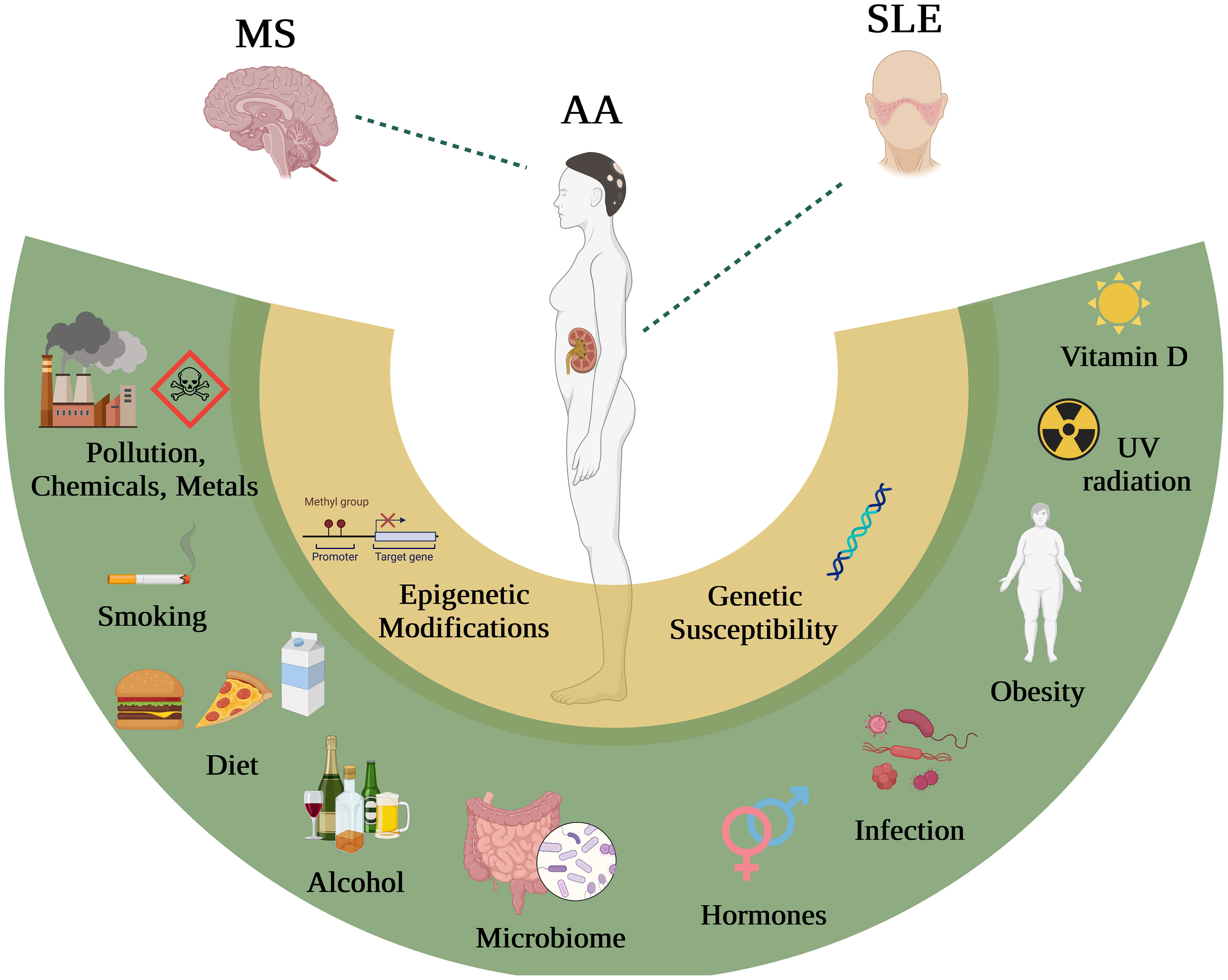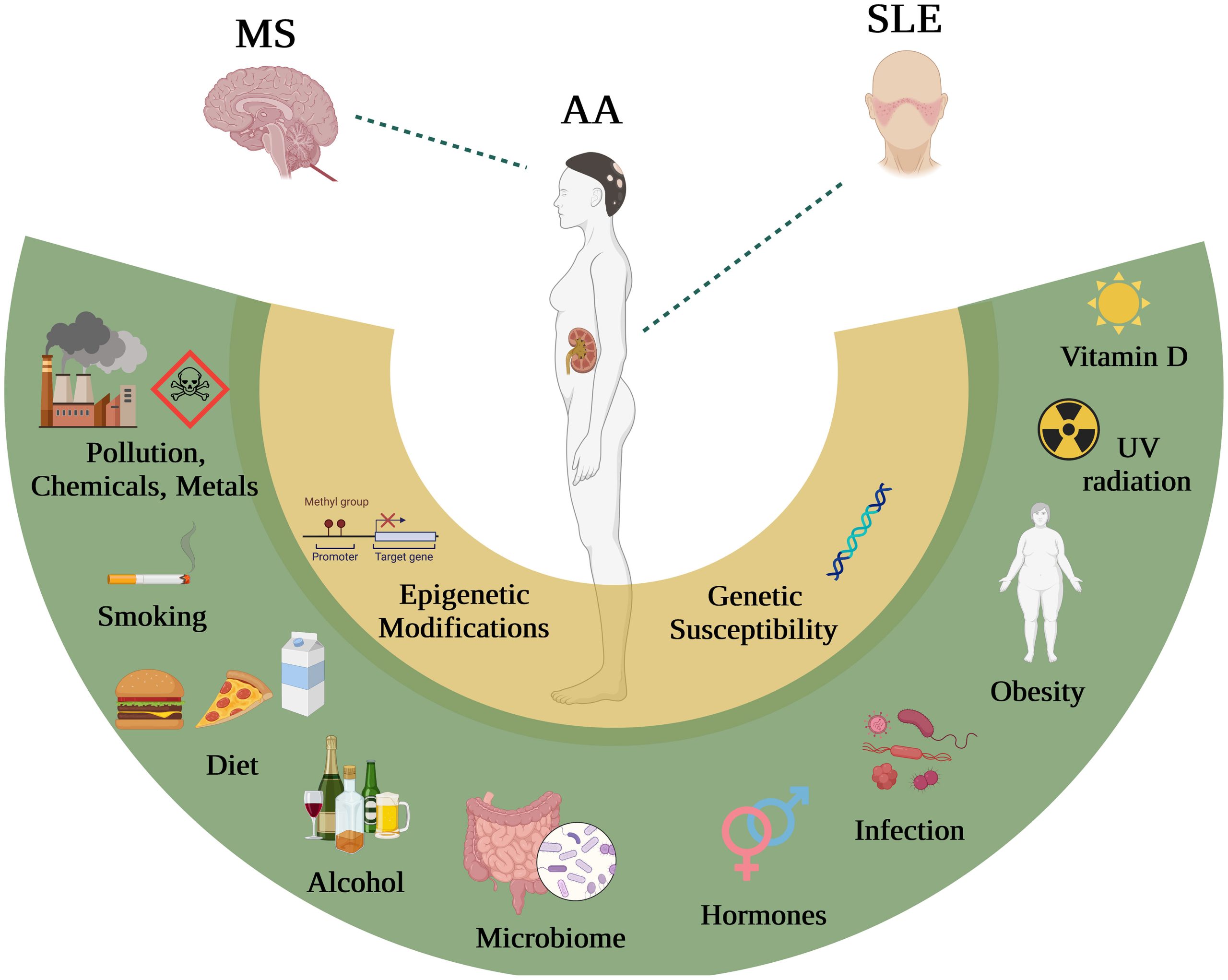
### New Non-Invasive Instrument ViDDPreS to Combat Vitamin D Shortage in Young Japanese Women
**Summary**: Researchers at Osaka Metropolitan University have created an affordable, non-invasive instrument called ViDDPreS to evaluate the risk of vitamin D shortage in young Japanese women. This groundbreaking tool may help mitigate the growing issue of vitamin D deficiency associated with excessive sun protection behaviors, promoting the health of mothers and children.
*Published in Journal: Public Health Nutrition, September 27, 2024 (DOI: [10.1017/S1368980024001708](https://doi.org/10.1017/S1368980024001708))*
**Reading Time**: 3 minutes
—
### The Sun Protection Dilemma
Lately, younger individuals across the globe—including women in Japan—have increasingly adopted sun safety measures to protect themselves from harmful ultraviolet (UV) radiation. Although sun protection is crucial for preventing sunburn, skin aging, and skin cancer, an excessive reliance on sunscreen and decreased time outdoors has resulted in an unforeseen outcome: vitamin D deficiency.
Vitamin D is an essential nutrient for proper bone development and immune system function, naturally produced in the body when sunlight interacts with the skin. A deficiency in this nutrient can have significant health repercussions for young women, especially those of childbearing age. It can lead to pregnancy-related hypertension, a dangerous condition that can elevate blood pressure during pregnancy, and low birth weight in infants.
—
### Existing Issues in Vitamin D Evaluation
Currently, vitamin D levels are assessed using blood tests, which are not only invasive—requiring blood draws and lab analysis—but also expensive, deterring regular monitoring and early intervention. This has raised considerable alarm among healthcare professionals, highlighting an urgent necessity for a more economical and non-invasive method to rapidly evaluate individuals’ risk for deficiency before problems arise.
To address this issue, researchers at **Osaka Metropolitan University** have introduced an innovative and cost-effective screening instrument known as **ViDDPreS** (Vitamin D Deficiency Predicting Scoring). The intent of this new instrument is to empower women, particularly those aged 18 to 40, to self-evaluate their risk of vitamin D deficiency and take preventive actions without undergoing invasive or costly evaluations.
—
### Creating a Superior Assessment Instrument
**Professor Akiko Kuwabara**, a renowned researcher from Osaka Metropolitan University’s Graduate School of Human Life and Ecology, conducted an extensive study involving **583 women aged 18 to 40** from various parts of Japan. The study concentrated on identifying key determinants that influence vitamin D levels in the community, including:
– Geographic factors (and corresponding solar UV exposure)
– Sun exposure patterns (such as sunblock usage)
– Dietary intake, particularly fish consumption (a natural vitamin D source)
– The consumption of vitamin D supplements
Participants completed a self-reported **dietary history questionnaire**, and researchers also estimated individual ultraviolet exposure for the month preceding blood sample collection.
The ViDDPreS tool combines different lifestyle and environmental elements to forecast the likelihood of a deficiency, equipping individuals and healthcare practitioners to pinpoint those most susceptible to vitamin D deficiency.
“The ViDDPreS developed in this research can recognize populations needing intervention at a minimal cost and assess the factors contributing to vitamin D deficiency,” stated **Professor Kuwabara**, emphasizing the tool’s broad applicability and user-friendliness.
—
### Aiming for Solutions
The launch of ViDDPreS could transform how healthcare providers approach vitamin D deficiency, encouraging vulnerable women to adopt timely and effective measures, such as:
– **Enhanced sun exposure**, especially in safe environments like early morning or late afternoon to strike a balance between skin safety and vitamin D production.
– **Nutritional enhancements**, placing greater emphasis on foods rich in vitamin D, including oily fish, egg yolks, and fortified dairy and plant-based alternatives.
– **Vitamin D supplements**, particularly in instances where dietary sources or sun exposure are inadequate.
As **Professor Kuwabara** noted, “the intake of vitamin D supplements is likely to benefit those deficient in this crucial nutrient, and it is anticipated that the application of ViDDPreS will facilitate the proper use of supplements.”
With this innovative tool, healthcare professionals can provide more tailored intervention strategies, tackling vitamin D deficiencies before they progress to more serious health challenges while minimizing unnecessary high-cost medical testing.
—
### Glossary of Terms
– **Vitamin D**: A critical nutrient for bone and immune health, synthesized in the skin through sun exposure and found in foods like fish and fortified products.
– **ViDDPreS**: Vitamin D Deficiency Predicting Scoring, a tool that evaluates the risk of vitamin D deficiency without invasive blood tests.
– **Pregnancy-induced hypertension**: A condition characterized by elevated blood pressure during pregnancy, which can potentially cause complications for both mother and child.
– **UV**
